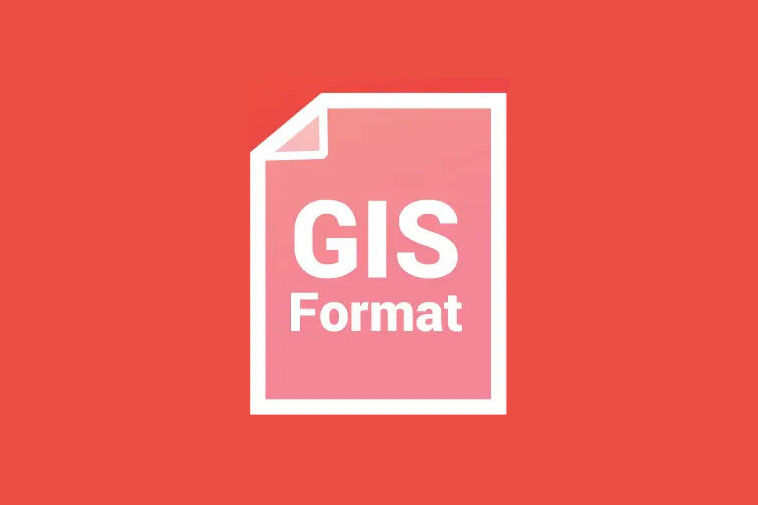If you’re working with vector GIS files, a simple way to convert them is by using the GIS:load-dataset command. This command works for files created in ArcGIS, QGIS, Google Earth, or other geospatial applications. You can use this command to convert your files to a variety of formats.
This article will provide you with an example that will demonstrate how to use it.
Read Also: How to Remove Password from Zip File Without any Software?
GIS:load-dataset to Convert Vector GIS Files
Line data is a type of vector data that represents linear features. Lines are made up of multiple vector points that are connected in a line graph, each with a start and endpoint. These lines can be used to represent landforms, city boundaries, water bodies, and other linear features.
The difference between line data and other vector types is the length of each feature.
A common example of a simple way to convert KMZ to shapefile and a vector GIS file is by using a set-transformation-ds command. This command loads a new global projection and data from a file.
In GIS, WKT projection files are often distributed along with GIS data files. You can use set-transformation-ds to convert a vector GIS file into a raster GIS file.
It can be used in ArcGIS
The new ArcGIS Pro software comes with a host of new features and capabilities. The software also has the ability to perform a wide variety of tasks, including mapping.
There are some differences between ArcGIS Pro and ArcMap, however. This article outlines some of the advantages of ArcGIS Pro. This software is an excellent choice for professionals in the E&P industry. This software is cloud-friendly and offers a wide range of features.
An ArcGIS map is built by arranging different categories on a base layer. These layers are registered spatially and are then matched up in a way that allows them to be analyzed.
The base layer, or background layer, is usually a geographical map, although it can also be a road map, a satellite image, or traffic information. Data can be associated with any spatial layer, making it possible to visualize and analyze the various aspects of an area.
It can be used in QGIS
Using spatial SQL, you can quickly and easily create a buffer view of any shapefile or other data format. You can also use it with CSV files.
To create a buffer view, you must first create an output field that contains a unique ID. To do this, follow the steps below. You can also edit the attribute table directly from the map. Then, you can use it in QGIS.
GIS data comes from many different sources and requires management. GIS technicians often have to incorporate data from multiple sources and synthesize it using different software.
QGIS is particularly good at combining data formats. Using a multi-user object-relational database greatly improves GIS data processing. As free software, QGIS can be used in both commercial and educational settings. This makes it an excellent choice for both students and professionals.
It Can be Used in Google Earth
In 2003, In-Q-Tel invested in Keyhole and used the software to track military operations in Iraq. Later that year, Google acquired the company and made Keyhole available to other corporations.
Google cited the company’s rich database of business addresses and roads, as well as its unique 3D interface. You can also add photos and videos to place marks to enhance your explorations. The possibilities are endless, but this article will focus on the basics.
Google Earth uses satellite imagery from different locations to display a digital globe. The imagery is of varying resolutions, ranging from fifteen centimeters to fifteen meters. The high-resolution imagery is derived from the Shuttle Radar Topography Mission. The satellites used to create the images use high-resolution data to create an accurate three-dimensional impression of the world’s terrain. Despite this, some imagery isn’t high-resolution.
Load a Shapefile
If you’ve ever converted GIS files to another format, you’ll know that the Shapefile format has become the industry standard.
Shapefile contains multiple files with different extensions, and they’re often difficult to share. In fact, some shapefile contains three or more files. Read on to learn how to convert GIS files to Shapefile format and how to use the program to convert vector GIS files to Shapefile format.
Once you’ve chosen to import your Shapefile, you’ll need to set the export options. You can set export options in the Export Options dialog, which contains four tabs: File Selection, Attribute Setup, Tiling, and Export Bounds.
In the Export Areas and Lines tab, click the area or line that you want to export.
If you’re exporting point data, select the Points or Areas option.
Click OK when you’re finished.
